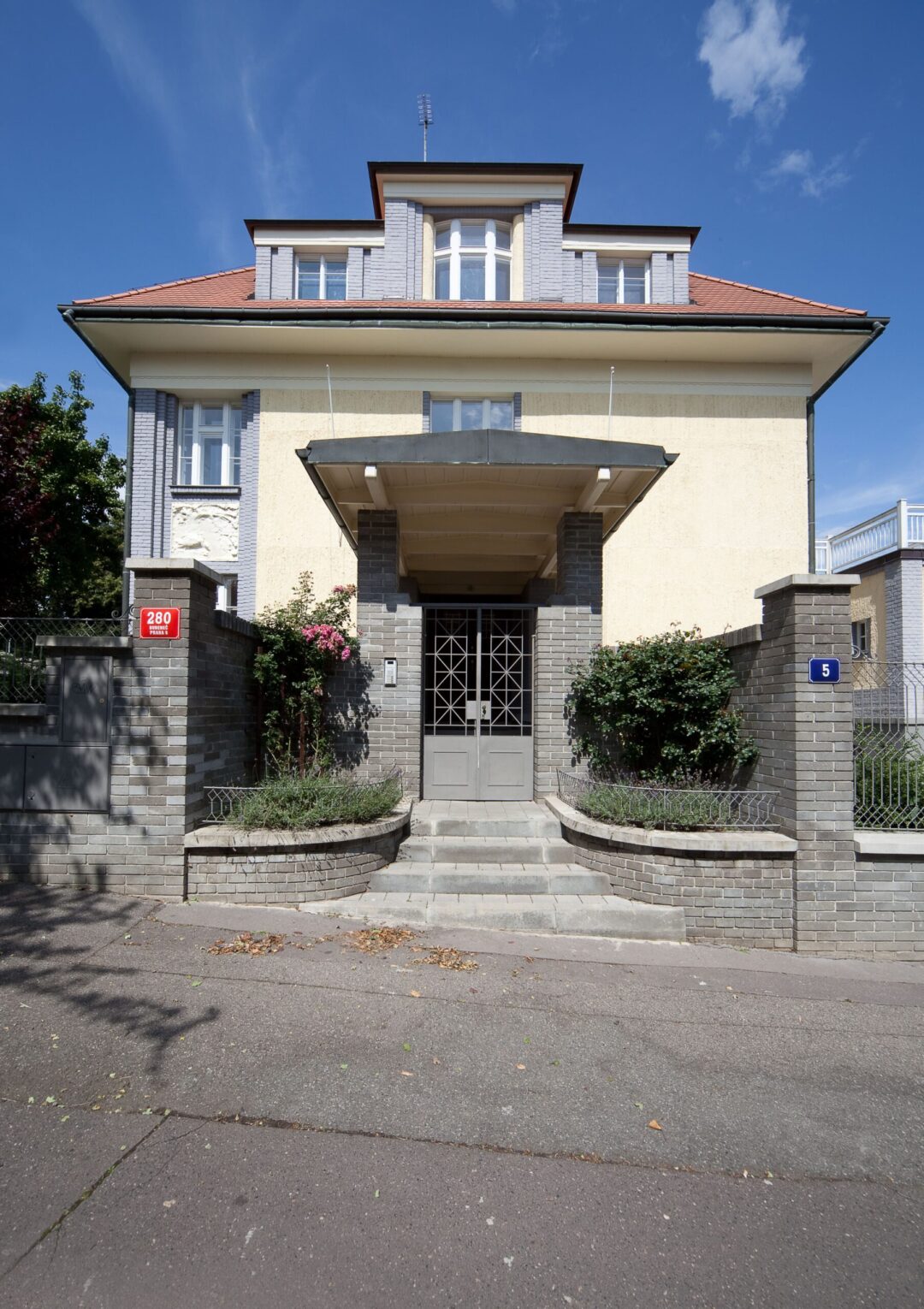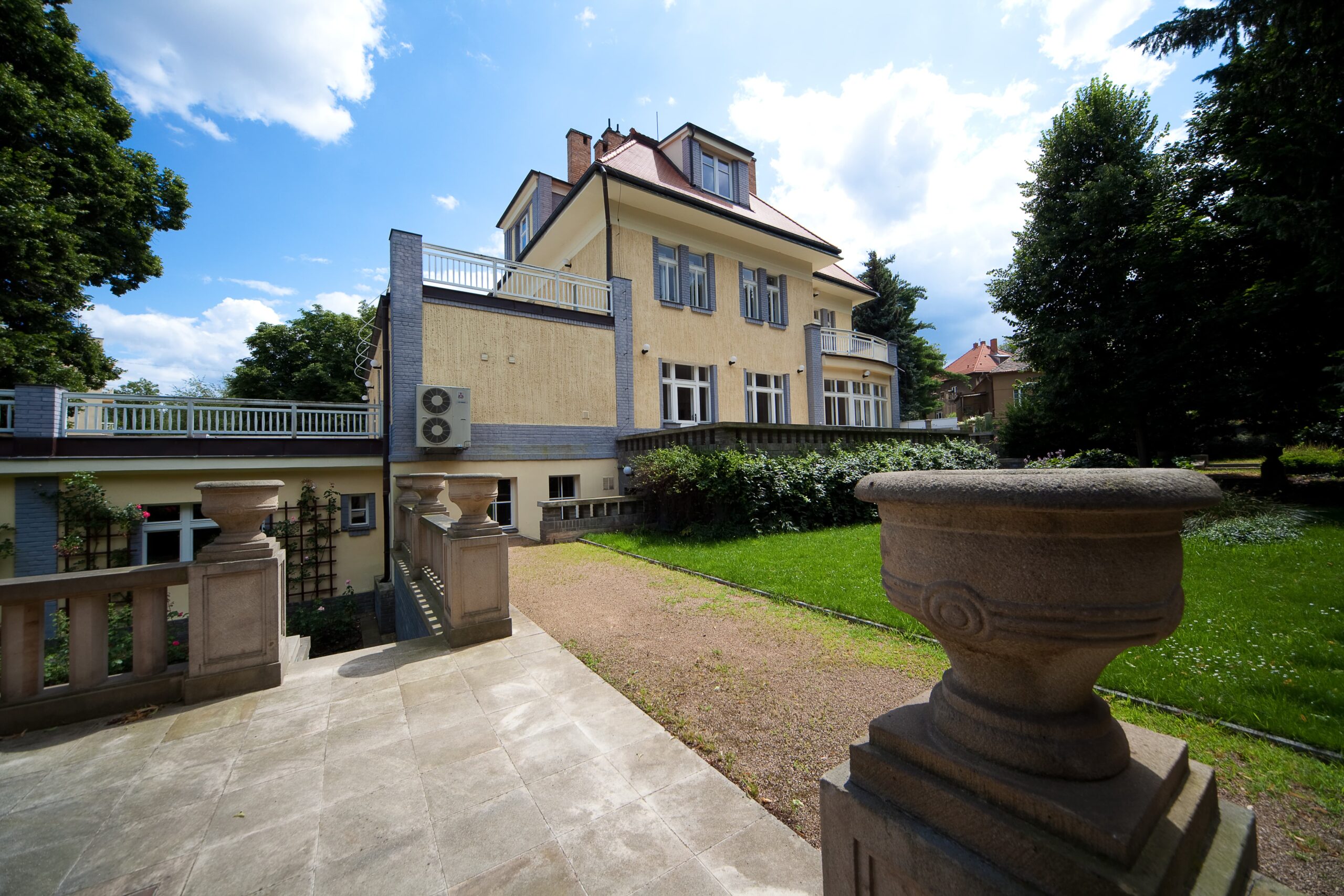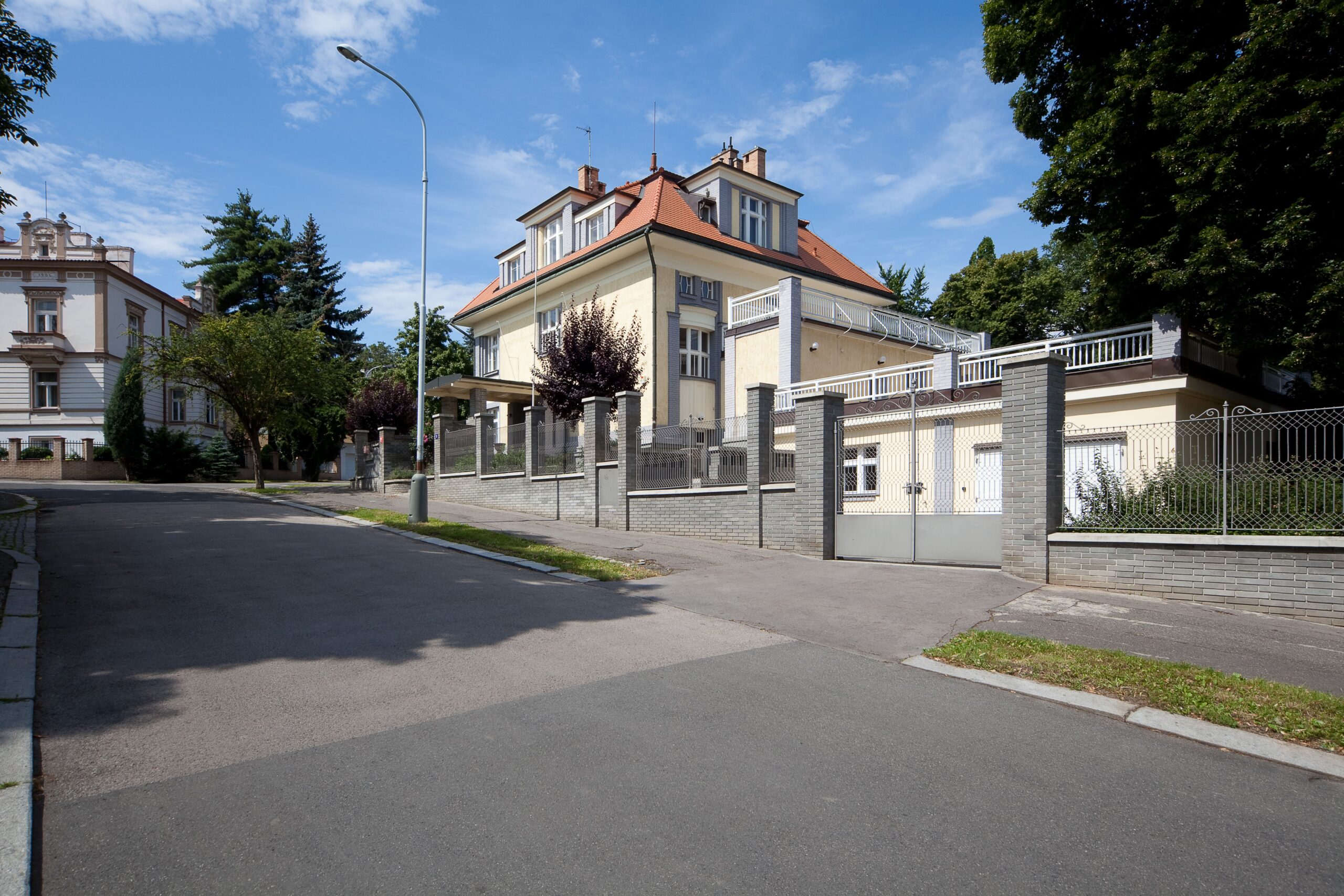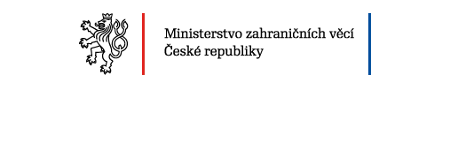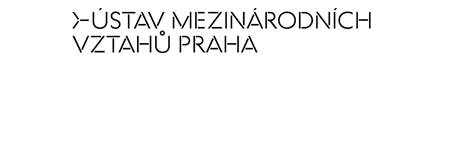Bubeneč, a place called Behind the Fortification Walls, was a small city outside Prague. Here the summer houses and farmsteads were built and gardens were established. At the beginning of 20th century there was a plan to build The Royal Road starting at Old Town of Prague, continuing through Pařížská Street across the Čechův Bridge, through a newly dug trench through the Letna hill to Stromovka park. This plan designed and promoted by architect Jan Koula had a lot of supporters who were confident that this project would be completed and they started to build their own villas in the Bubeneč area.
A residential enclave began to emerge and the new houses there have been designed by prominent architects of the time.
The building at Sibiřské náměstí 280/5 (Siberian Square), so called Krause villa, is one of three family houses in Bubeneč which were built according to architect Jan Kotěra plans. At that time, the square was named Hlávkovo (Josef Hlávka was the architect, builder, and the great Czech patron) and it beared his name until 1914, when it was renamed to Kubíkovo – after the mayor of Bubeneč.
The current name Siberian square was given in the year 1925 in honour of the Czechoslovak legions that were active in Siberia. At that time Bubeneč already had been the part of Prague.
The Krause villa, a family house built for a factory owner Jacob Krause, is the least known Kotěra’s villa. A simple building with a square floor plan in the art nouveau style was completed in 1908. It has the tent shape roof, a facade of scratched plaster and one front corner decorated with a relief with natural motifs by sculptor Stanislav Sucharda. The sculptor was Kotěra’s friend for whom Kotěra designed his first commission in this part of Prague. The villa boasts the stripes of rough masonry which are characteristic of Kotěra’s work, as is his favourite motif – the pergola above the entrance that rests on brick pillars. The main entrance faces the square. The outline of the building is highlighted by belts of grey lime-cement bricks. There is a small ground-floor veranda with an access from the garden and on its roof, there is a terrace joined to the upstairs bedroom.
Later a low L-shaped wing was added to the northeast facade and a garage which is partially embedded in the ground.
The villa has a basement, 2 floors and an attic. There is a lobby, a stair hall, kitchen, dining room with the porch and a guest room on the ground floor.
On the first floor there are two rooms and a bedroom with bathroom and another kitchen. In the attic there is another apartment.
In 1939 the villa was confiscated by the police for the benefit of the German Empire and after the war it came under the administration of the Central National Committee of Prague. Since 1961, it has been assigned to the Administration of Services to the Diplomatic Corps and today the villa is taken care of by its legal successor, the Diplomatic Service.

